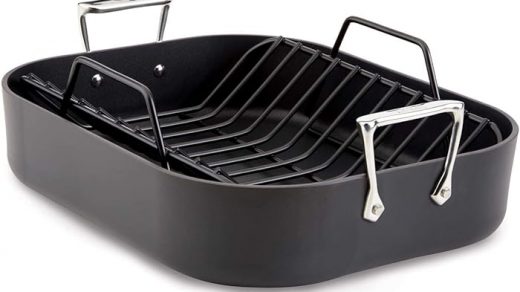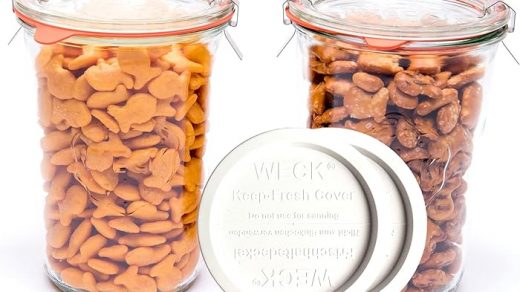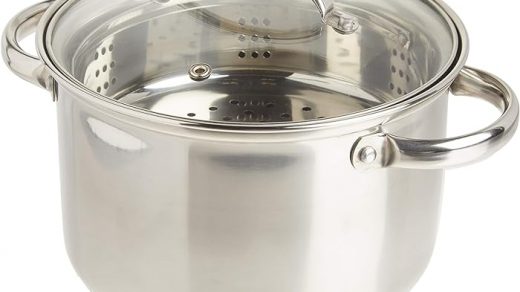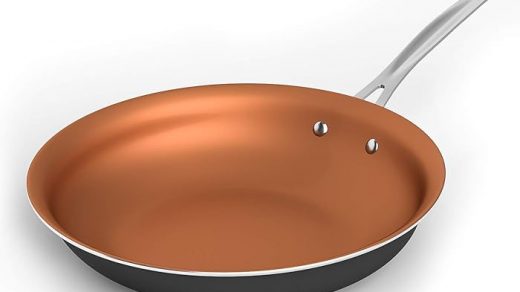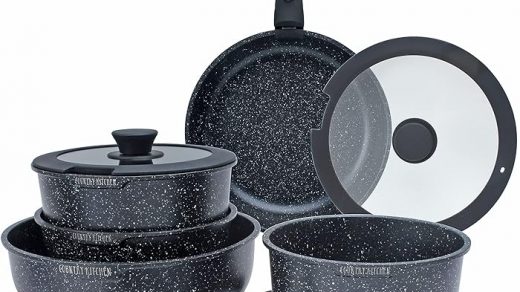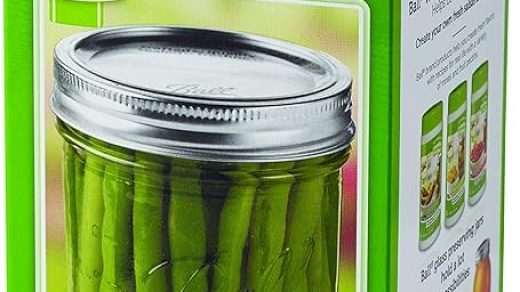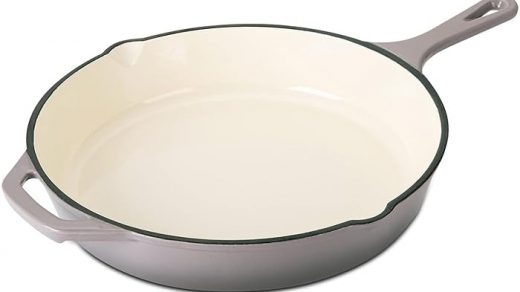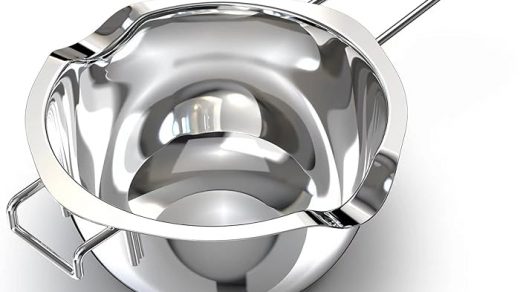Ensuring your food remains safe for consumption is vital for health and well-being. One key aspect of food safety is maintaining the correct temperature in refrigerators and freezers. The “danger zone” for food is a temperature range where harmful bacteria can develop quickly, potentially leading to foodborne illnesses. Keeping food out of this zone is crucial.
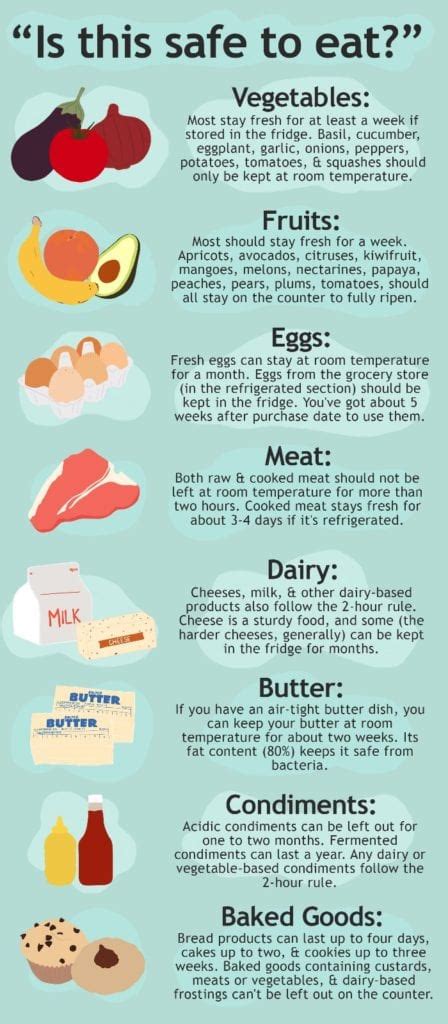
For optimal food safety and energy efficiency, refrigerators should be set at temperatures that prevent bacterial growth while minimizing energy consumption. The Salter 517 SSCR Fridge Freezer Thermometer is an example of a tool that can help monitor these temperatures. This stainless steel thermometer, which can be hung or stood in the fridge, has a dial display showing a range of -30 to 30 degrees Celsius and marks safe food zones for easy reference. It’s adjustable for various viewing angles and features a bold display for clear reading.
Salter 517 SSCR Fridge Freezer Thermometer (ad)
The temperature in a fridge or freezer can be affected by various factors, including the number of food items stored and external temperatures. For instance, placing a large number of items in the appliance can temporarily raise the internal temperature. Monitoring tools like the ThermElc TE-02 Temperature Data Logger can provide accurate and compliant temperature monitoring, ensuring that food stays within safe limits.
According to health authorities like the CDC and FDA, the recommended refrigerator temperature is at or below 40°F (4°C). This prevents food spoilage and reduces health hazards. Similarly, the ideal temperature for freezers is at or below 0°F (-18°C), which strikes a balance between food quality and energy consumption.
In addition to refrigeration, certain foods like wines and cheeses have specific temperature requirements. For example, sweet, fragrant wines are best enjoyed at temperatures around 46-50°F (7-10°C). Cheeses should be brought to room temperature before serving for optimal flavor.
Positioning your fridge-freezer is also crucial. Ensure it’s at least 5 cm away from walls on both sides and 10 cm from the rear wall to allow for proper air circulation.
Ultimately, maintaining the right temperature in your fridge and freezer is essential for food safety, quality preservation, and energy efficiency. Regular monitoring and adjustments are necessary to keep food out of the danger zone and ensure it remains safe for consumption.
